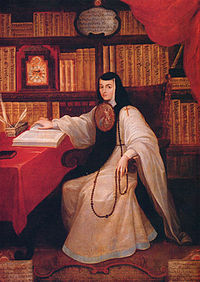The steps to the Cathedral in the city are made of slate from the village where I live. At the moment the Cathedral is under renovation. Francis is blowing a gale through the Vatican and all the restoration on the Cathedral will repair the damage done. The chair of this Bishop of Rome is made of something less brittle than slate. It’s a kind of leadership that many have been yearning for, a hark back to the founder of the firm, not an echo from the silence of stone in the empty chambers where pilgrims once filled the pews. Like so many of our institutions, the church is renovating and restoring, and that is not the answer to whatever question they think they are asking. Now is the time to stop conserving heritage listed spaces in our hearts and break open in true Eucharistic fashion the body and blood and spill it onto all the spaces empty of body and soul. And heaven knows there are so many of those.
The tragedy of people displaced by war, persecution, natural disasters is alarming. In my country the borders of the land are almost as impenetrable as our hearts. Fear and compassion traded blows in the streets of Melbourne yesterday. (I did wonder if anyone from Francis’ team was there – I am sure there would have been a few.) As a young mum I campaigned in the 80s and then into the 90s on issues of refugees and racism. For my efforts, our house was attacked with bricks through the windows of our sleeping children’s home, graffiti on the outside walls of the house, tyres on our car damaged and public vilification and intimidation by a right wing terrorist group. Our phone was tapped and from time to time I am pretty sure I was followed. Acting in solidarity has a price. My efforts were very modest, writing, producing materials and building a community of activists to spread the word in their workplaces, churches, schools and families. I didn’t organise any big rallies and it was long before social media so no flash mob protests were visible. I was under the protection of the Council of Churches and I felt protected by their care for me and for my family. This is the work of communion.
The UN says we have reached 60M people displaced for the first time in history. When I was campaigning it was 15M – the last time it was even close to the number we have now was during the Second World War.
Disrupting traffic is not enough, thoughts and behaviours need to be disrupted. The slate on the Cathedral steps are baying for a new dawn of whole heartedness. My own efforts are almost invisible these days. I am shaken not stirred by the deaths in Austria in the back of a van, the scenes of children on their parents shoulders at the borders of Greece, the broken bones floating in the seas of the Mediterranean and off our Australian coast …. And the list goes on …
Blessed are you who have a home
For you shall be invited to open your doors
Blessed are you who have food
For you shall add another seat to your table
Blessed are you who are safe
For you shall share your haven
Blessed are you who are leaders
For you shall serve
Blessed are you who know how to speak to power
For you shall speak for the powerless
Blessed are you who are fearless
For you shall give courage to others.




